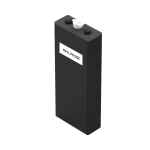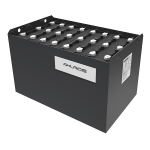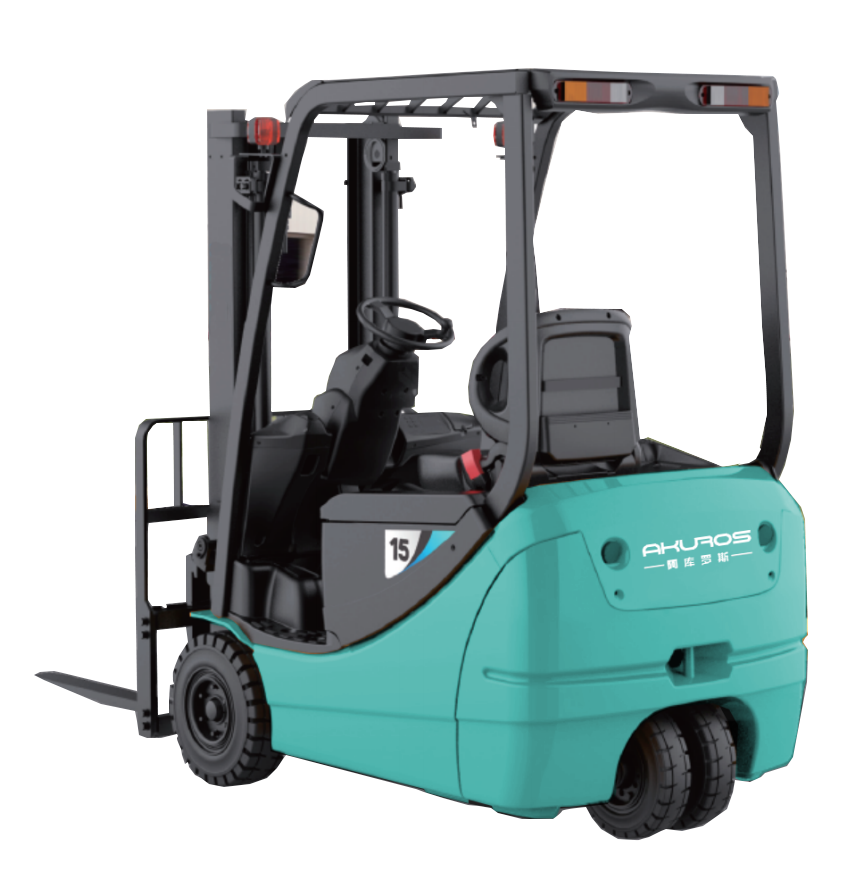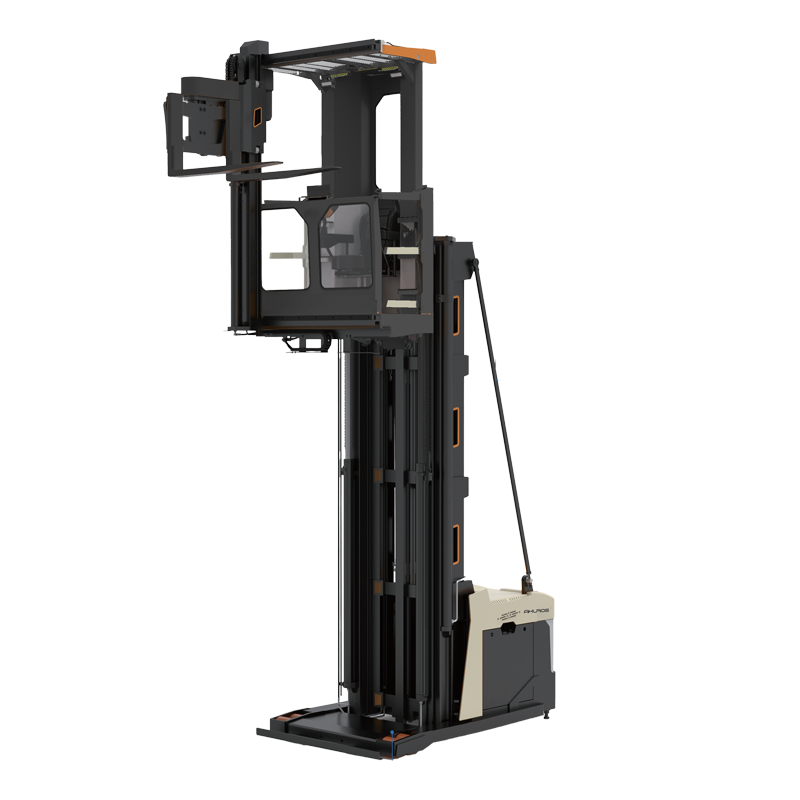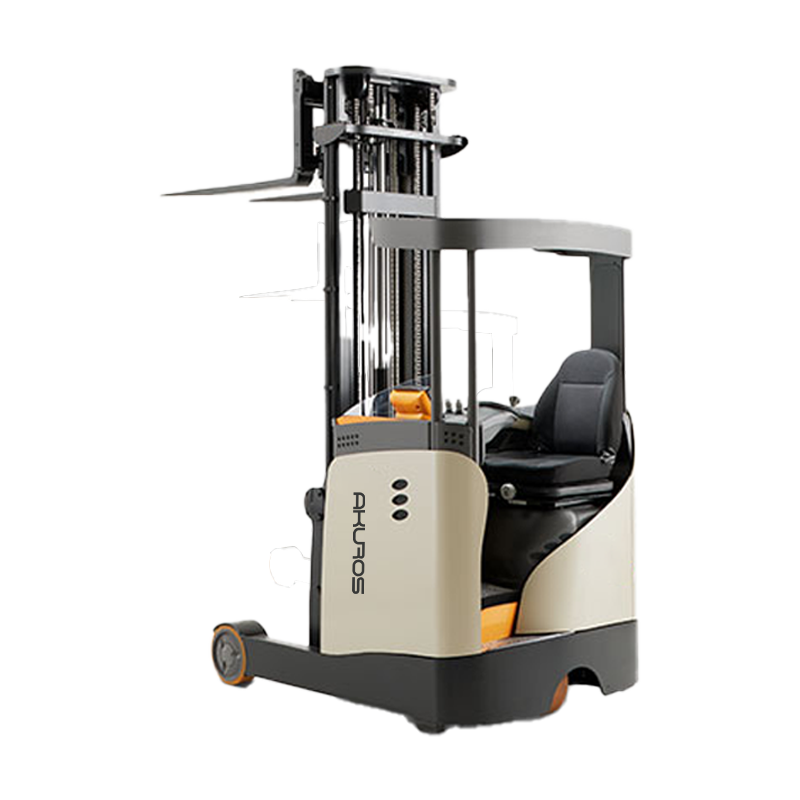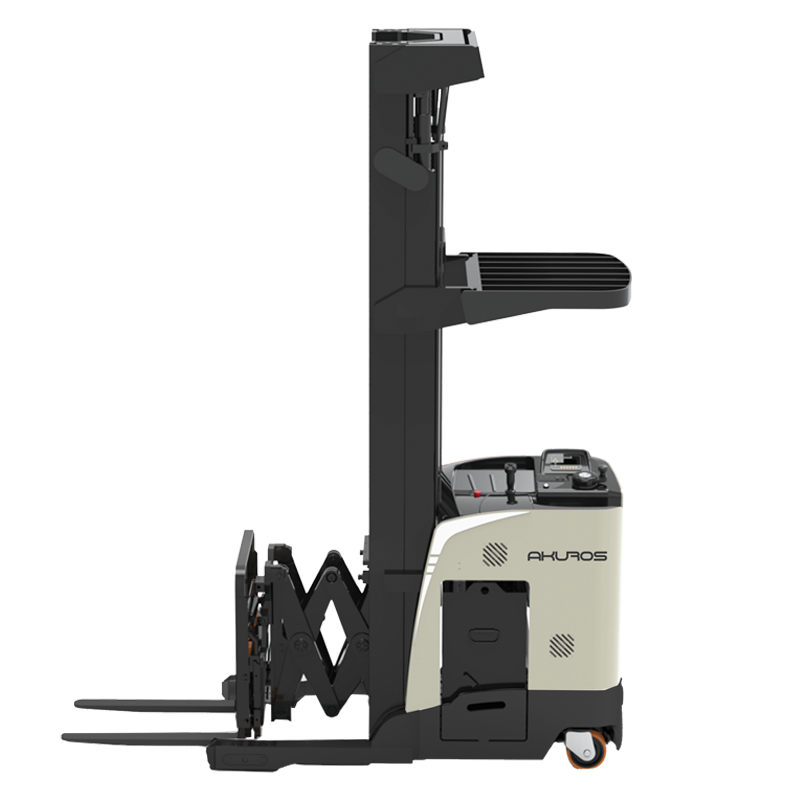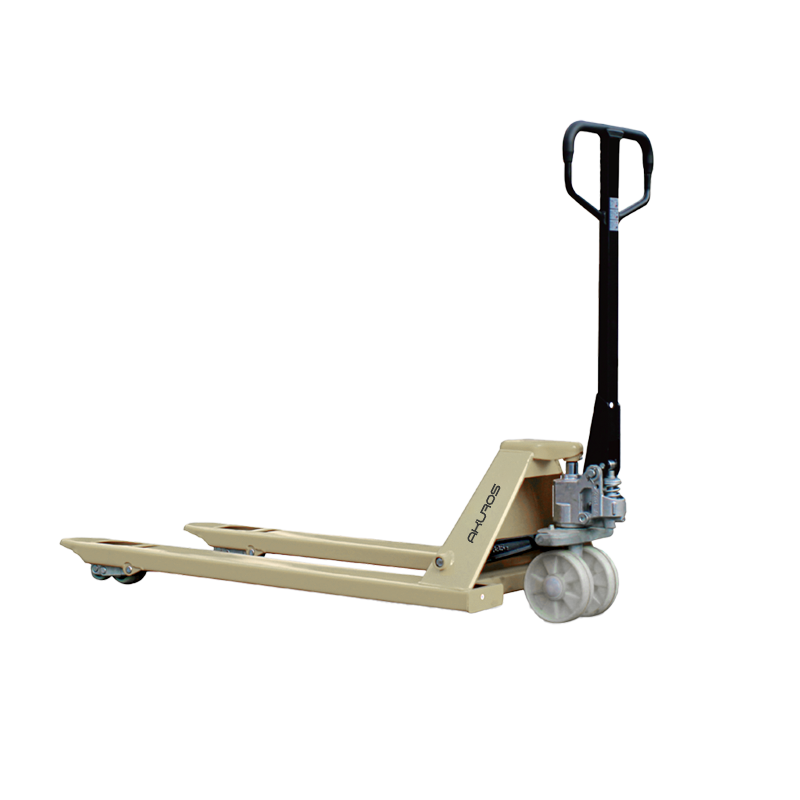» Lead-acid Battery
Product Overview
Akuros’s lead-acid battery is an energy storage device based on traditional lead-acid technology. It uses high-purity raw materials and advanced valve-controlled sealing technology (VRLA), combined with AGM (glass fiber diaphragm) technology to ensure the high efficiency of the battery in various application scenarios. Its design life is up to 8-10 years, and even up to 12 years under floating conditions. This battery is widely used in backup power, industrial equipment, solar energy storage and other fields, and is one of the most cost-effective energy storage solutions on the market.
Basic Principle and Construction of Lead-Acid Battery
Lead-acid battery is a classic rechargeable battery, and its working principle is based on the chemical reaction of lead, lead dioxide and sulfuric acid. During the charging process, the lead dioxide at the positive electrode and the spongy lead at the negative electrode react with sulfuric acid to generate lead sulfate and water respectively; during discharge, the opposite happens, and the lead sulfate is converted back into lead dioxide and spongy lead. Akuros’ lead-acid battery uses high-quality lead alloy materials and advanced electrolyte formulas to ensure the stability and safety of the battery during charging and discharging.
From a structural point of view, lead-acid batteries are mainly composed of positive and negative plates, electrolyte, separators, shells and safety valves. Positive and negative plates are the core components of the battery, and their quality directly affects the performance and life of the battery. Akuros’ lead-acid battery uses high-tin and low-calcium alloy thick flat plates, which have excellent corrosion resistance and mechanical strength and can withstand repeated charge and discharge cycles. The separator uses advanced AGM (fiberglass diaphragm) technology, which can effectively prevent short circuits in the plates while ensuring uniform distribution of the electrolyte.
Product Features and Technical Advantages
Long Life and High Reliability
Akuros lead-acid batteries have a design life of 8-10 years, and can even reach 12 years under floating charge conditions. This is due to the high-purity raw materials and advanced production processes used. For example, by adding PAM (magnesium ammonium phosphate) additives to the plate material, the battery cycle life is increased by 30%, and can withstand up to 700 50% depth discharge cycles.
Maintenance-free design
Akuros lead-acid batteries use sealed maintenance-free technology, without the need to regularly add electrolyte or perform complex maintenance operations. This design not only reduces the user’s cost of use, but also improves the safety and reliability of the battery, and is particularly suitable for applications with high maintenance requirements.
Wide temperature range and low self-discharge rate
The battery has an operating temperature range of -20°C to 50°C and can maintain stable performance in extreme environments. In addition, its self-discharge rate is only 3%, which means that the battery can maintain a high power even when idle for a long time.
Environmental protection and safety
Lead-acid batteries do not release harmful gases during use, and their shells are made of fireproof ABS material. The safety valve is equipped with an integrated flame arrester, which can effectively prevent safety accidents such as fire.
Application scenarios
Akuros’ lead-acid batteries are widely used in many fields due to their excellent performance and reliability:
Backup power
In UPS (uninterruptible power supply), EPS (emergency power supply), medical equipment, emergency lighting and security systems, lead-acid batteries can provide reliable backup power to ensure the normal operation of equipment in power outages or emergencies.
Industrial equipment
Lead-acid batteries are commonly used as power sources for industrial equipment such as forklifts, tractors, and transporters. As a partner of brands such as Crown Forklift, Akuros’ lead-acid batteries provide strong power support for these equipment.
Solar energy storage
In solar energy storage systems, lead-acid batteries can store the electricity generated by solar panels and release it when needed to ensure a stable supply of energy.
Future Development Direction
Although lead-acid batteries have significant advantages in the field of energy storage, Akuros is also actively exploring more efficient energy storage solutions as technology continues to advance. For example, the company is studying how to further improve the energy density and cycle life of lead-acid batteries to meet the growing market demand. In addition, Akuros is also paying attention to the development of emerging technologies such as lithium-ion batteries and gradually applying them to some products.
Summary
Akuros’ lead-acid batteries have become the first choice for many energy storage applications due to their advantages such as long life, high reliability, maintenance-free design, wide temperature range and low self-discharge rate. Whether in the field of backup power, industrial equipment or solar energy storage, lead-acid batteries have demonstrated excellent performance and reliability. As technology continues to advance, Akuros will continue to optimize its lead-acid battery products and explore new energy storage technologies to meet the needs of the future market.







